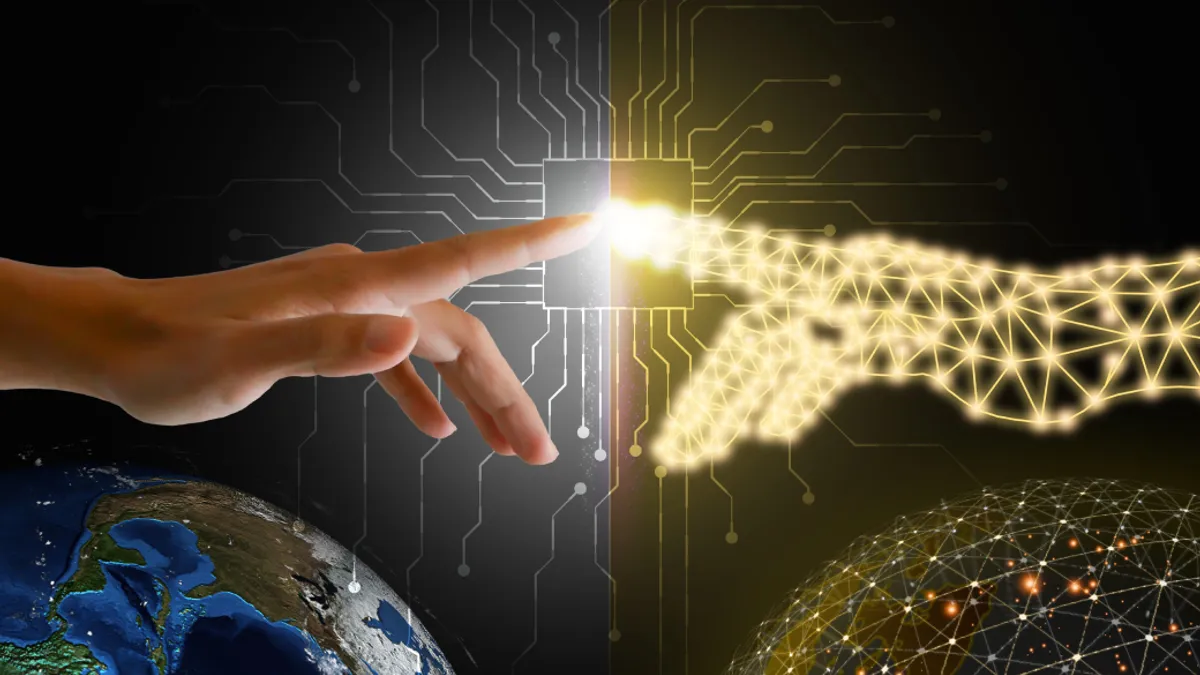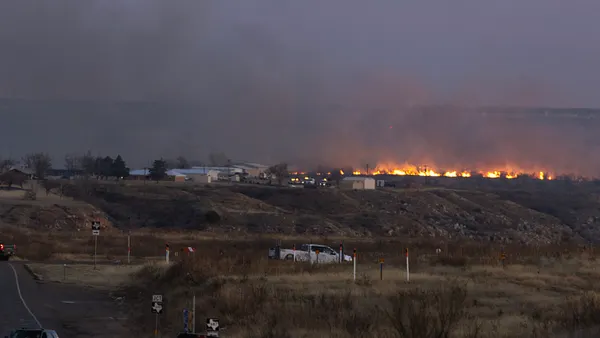Hello from Alaska!
As a global society we rely on machines so much that it’s easy to take them for granted. We rely on machines to ensure water comes out of our faucets, heat our homes and businesses, fill our cars with petrol or electricity, construct and maintain roads, transport people and goods, provide medical images, and manufacturing more machines. Businesses and consumers rely on machines so much that exponentially more will be built, and their designs and operational performance will need to last longer without compromising safety or reliability. There is plenty of data available to help make this happen as “machines now generate one million times more information in one day than all humans on this planet do in an entire year.”1
The ratio between man and machine
All industries use machines, yet the utility industry is one of the most capital intensive. The ratio of gross plant, property, & equipment (aka. ‘machines’) published in any utility’s annual report compared to the number of employees (aka. ‘man’) on average is $2,000,000 of gross PP&E per employee. In comparison, all other industries outside of the industrial sector average $200,000 of gross PP&E per employee. A difference in magnitude of 10x.
The ratio between ‘man & machine’ will continue to rise for all industries and especially across utilities because of the vast amount capital investment in new machines. Capital expenditures for the utilities in North America “have reached unprecedented levels – up 10% to 20% from previous cycles.”2 Taking a much longer view and looking at the entire energy industry, $3.5 trillion of annual capital investment is made in the energy industry today and by some estimates will grow to $9.2 trillion by 2050.3
Digital twins will play an increasing role in improving operational efficiency and safety
Humans require machines. And machines require humans. I’m passionate about this relationship having been spent a decade of my career in field services (the human side of the equation) in the energy sector and another decade in industrial process instrumentation (the machine side of the equation). Having entered the software industry five years ago with a majority of that time with OpenText, it opened my eyes to the important role software and more specifically the information management software domain plays in connecting man and machine. Just as both humans and machines need to be managed to achieve their highest performance, so does the information that is generated or used by either one of them. The better that information is managed, the digital representation of the machine (or digital twin) and the workflows that directly support their operational performance will be more trusted, autonomous, and secured. Moreover, adding in the power of AI and LLMs, the value of digital twins can be maximized to confidently predict and safely act on machine performance.
Digital twins of assets, equipment, and supporting workflows will play an increasing role in helping improve operational efficiency, reduce costs, minimize risks, and predict machine failures before they occur. McKinsey & Co estimates that the global market for digital twin technologies are forecasted to grow at 60% annually over the next five years reaching $73.5 billion by 2027.4
Information reimagined, or in this case digital twins reimagined, is to extract the most potential out of both man and machine with i) trusted information with governance over large data sets ii) next generation autonomous cloud – utilizing software to safely automate mundane tasks and minimize human errors iii) AI and security everywhere – at scale, with enterprise strength. Creating digital twins at scale will be needed to safely and reliably manage substantially more assets per employee in the years to come for utilities across the world.
Author
Phil Schwarz
Phil Schwarz is the Sr. Industry Strategist for Energy & Resources at OpenText. With two and a half decades of industry experience, Phil has become a trusted SME, having supported operators, EPCs, service providers, and OEMs across the entire value chain. Phil is an engineer by education and has a MBA, M.S. in Economics, M.S. in Finance, and a Graduate Certificate in Smart Oilfield Technologies. He resides in the Anchorage, Alaska area and loves to hike and enjoy the outdoors.










